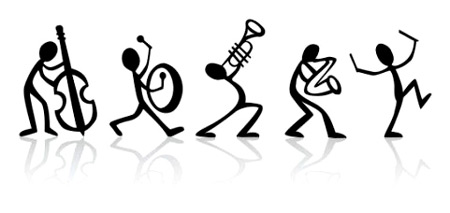
Hello there,
Are you searching for a musical artist in the realms of music composition, arrangement, and multi-instrumental skills?
Look no further!
With over two decades of professional experience and an impressive track record of successful projects, I am here to elevate your musical aspirations to new heights.
Embrace Creativity and Expertise
Step into a world of boundless creativity.
From composing captivating melodies that resonate with hearts to crafting intricate arrangements that bring life to your visions, I bring a wealth of experience and expertise to every endeavor.
Stress-Free Success
Worries and stress have no place in our collaboration.
With a proven track record of delivering successful projects, I assure you of a seamless and enjoyable journey toward your musical goals. Let’s work together to create something extraordinary without any hindrance.
Guidance to Greatness
No matter your expertise level or project scope, I am here to guide you through every step of the process.
Let my insights and knowledge lead you to the best possible outcome, making your musical venture a resounding success.
Unlock the Symphony Within
Unleash the full potential of your musical vision with my unrivaled skills and passion for music.
Together, we will create harmonies that captivate souls and melodies that leave a lasting impression.
Ready to Take the Leap?
Don’t let your musical ambitions remain dormant any longer.
Reach out now, and let’s embark on a journey of melodic discovery. Whether it’s composing, arranging, or mastering instruments, I am here to bring your musical dreams to life.
Yours in Melody,
BEHNAM KHODARAHMI

A diverse tapestry of melodies awaits your ears, each composition crafted with passion and creativity.
Dive into the immersive world of world music, where cultures blend in harmonious unity, painting vivid landscapes of sound.
In every genre, my dedication to musical excellence shines through.
Each piece, a labor of love, bears the mark of countless hours spent refining the nuances, orchestrating harmonies, and creating symphonies that transcend boundaries.
I eagerly await your contact as together we shall begin an extraordinary symphony of creativity and musical expression.
